Introduction: Nurturing Healthy Smiles from the Start
Navigating the vast array of children’s toothbrushes and toothpastes can often feel like embarking on a treasure hunt without a map. As parents, our mission is to provide our little ones with the best possible start in life, and this extends to their dental hygiene routines. After all, healthy teeth and gums not only contribute to a dazzling smile but also play a crucial role in overall health and well-being. In this comprehensive guide, we’ll explore the intricacies of selecting the perfect toothbrush and toothpaste for your child, ensuring their dental journey is both enjoyable and effective.
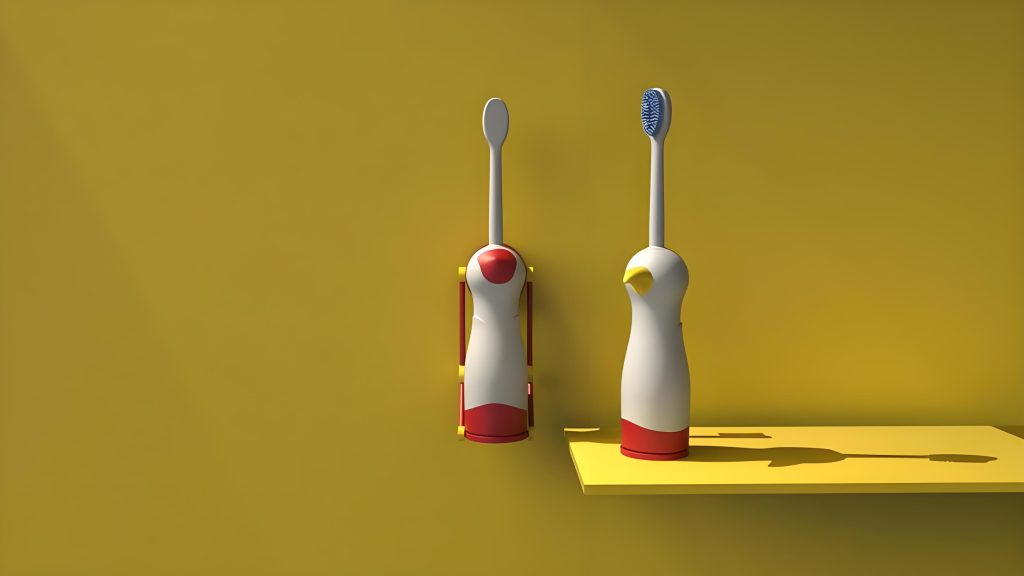
Understanding Your Child’s Dental Development
Before diving into the specifics of toothbrush and toothpaste choices, it’s essential to understand the stages of your child’s dental development. From the first tooth eruption to the transition to adult teeth, each phase presents unique needs and challenges.
Infancy to Toddlerhood (0-3 Years):
- First Teeth Appearance: Typically, babies start getting their first teeth around 6 months.
- Cleaning Routine: Initially, you can use a damp cloth or a soft silicone finger brush to clean your baby’s gums and teeth.
- Fluoride Consideration: For infants and very young toddlers who are unable to spit out toothpaste, it’s best to use a fluoride-free variety to avoid ingestion risks.
Preschool Age (3-6 Years):
- Growing Smile: By this age, most children have a full set of primary teeth.
- Independence: They may start showing interest in brushing their teeth independently, albeit with some supervision still required.
- Introduction of Fluoride: Now is the time to introduce fluoride toothpaste in a very small amount (no more than a pea-sized drop) to help strengthen tooth enamel.
School Age and Beyond (6+ Years):
- Adult Teeth:Permanent teeth begin to erupt, replacing primary teeth.
- Advanced Technique: Children should be mastering proper brushing techniques and flossing.
- Enhanced Fluoride Protection: Continue using fluoride toothpaste, adjusting the amount as needed based on their spitting ability.
Choosing the Right Toothbrush: Factors to Consider
- Age Appropriateness:
- Infants and Toddlers: Soft silicone brushes designed for young gums and emerging teeth are ideal. Some come with handles that make it easier for parents to control the brushing motion.
- Preschoolers: Choose a small-headed toothbrush with soft bristles that fit comfortably in a child’s hand. Look for handles designed for easy grip, often featuring ergonomic shapes or colorful, engaging designs.
- School-Aged Children: As kids grow, they can transition to larger toothbrushes with firmer bristles (still within the soft to medium range). Electric toothbrushes can also be introduced, offering a timer feature to ensure adequate brushing time.
- Bristle Type:
- Soft Bristles: Always prioritize soft bristles for children’s toothbrushes to prevent gum damage.
- Multi-Tufted Bristles: Some toothbrushes feature varying lengths of bristles to reach different areas of the mouth more effectively.
- Handles:
- Ergonomic Design: Handles should be easy to grip and maneuver, often featuring non-slip materials or rubber grips.
- Angled Handles: These can help reach the back molars more easily.
- Electric vs. Manual:
- Electric Toothbrushes: Often recommended for children who need extra motivation or find manual brushing challenging. They typically have built-in timers and pressure sensors to ensure gentle brushing.
- Manual Toothbrushes: Cost-effective and suitable for children who prefer simplicity or are already adept at brushing.
- Fun Factors:
- Colors and Themes: Children are more likely to engage with toothbrushes that feature their favorite characters or bright colors.
- Interactive Features: Some toothbrushes come with built-in lights, songs, or apps that make brushing a fun activity.
Navigating the World of Children’s Toothpaste
- Fluoride Content:
- No Fluoride (0-3 Years): As mentioned, avoid fluoride toothpaste for very young children to prevent accidental ingestion.
- Low Fluoride (3-6 Years): Use a toothpaste with a low fluoride concentration (around 1000 ppm). This helps strengthen teeth without posing significant ingestion risks.
- Age-Appropriate Fluoride (6+ Years): Once children can reliably spit out toothpaste, switch to a toothpaste with the recommended fluoride level for their age group (usually around 1100-1500 ppm).
- Flavor Profiles:
- Kid-Friendly Flavors: Children often prefer fruity or sweetened toothpastes. However, it’s crucial to choose options that do not contain excessive sugar, as this can counteract the benefits of brushing.
- Mild Tastes: Some children may prefer milder flavors or even unflavored toothpaste, especially as they get older and become more accustomed to dental hygiene routines.
- Consistency:
- Gel vs. Paste: Gel toothpastes can be more appealing to young children due to their bright colors and fun texture. However, they may not offer the same cleaning power as traditional pastes.
- Bubble Gum and Slime-Like Consistencies: Some brands cater to children’s preferences by offering toothpastes with unique consistencies that make brushing more enjoyable.
- Special Features:
- Calcium and Minerals: Some toothpastes are fortified with additional minerals like calcium to further strengthen tooth enamel.
- Anti-Cavity Formulas: Look for toothpastes labeled as “anti-cavity” which typically contain fluoride and other ingredients designed to protect against tooth decay.
- Sensitive Teeth: If your child has sensitive teeth, choose a toothpaste formulated for sensitivity relief.
- Organic and Natural Options:
- Ingredient Awareness: Many parents prefer organic or natural toothpastes to avoid harsh chemicals or artificial ingredients. Look for products certified by organizations like USDA Organic or ECOCERT.
- Mild Ingredients: Natural toothpastes often rely on plant-based ingredients for flavoring and cleaning power, making them gentler on young mouths.
Incorporating Fun and Habits into Dental Hygiene
- Make It a Game:
- Turn brushing into a fun activity by setting up a timer and making it a race to see who can brush the longest or the most thoroughly.
- Use brushing charts to track progress and reward milestones with stickers or small prizes.
- Role Models:
- Children often imitate their parents. Make sure to brush your teeth with your child, showing them the proper technique and emphasizing the importance of dental hygiene.
- Educational Tools:
- Utilize books, apps, or videos that teach children about the importance of taking care of their teeth in an engaging way.
- Regular Dental Visits:
- Schedule regular dental check-ups starting from the first tooth eruption. This not only helps monitor dental development but also instills a sense of routine and importance around dental care.
Conclusion: A Smile Worth Preserving
Choosing the right toothbrush and toothpaste for your child is a critical step in fostering a lifetime of good dental hygiene. By considering age-appropriate options, focusing on safe and effective ingredients, and making brushing a fun and engaging activity, you can set your child on the path to a healthy, confident smile. Remember, dental care is a journey, and with each step, you’re nurturing a foundation for a bright and radiant future.


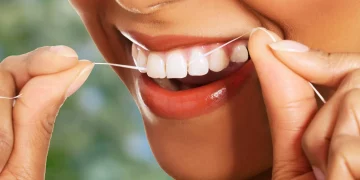



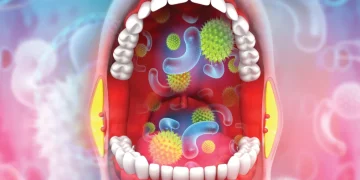
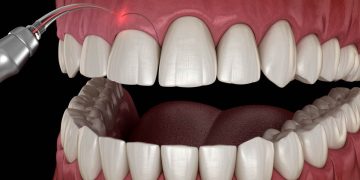
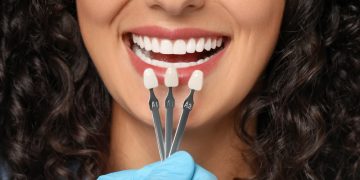



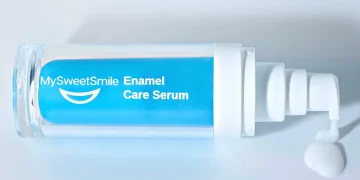












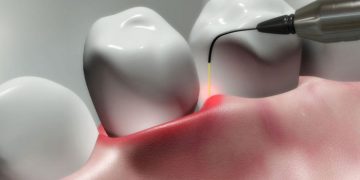





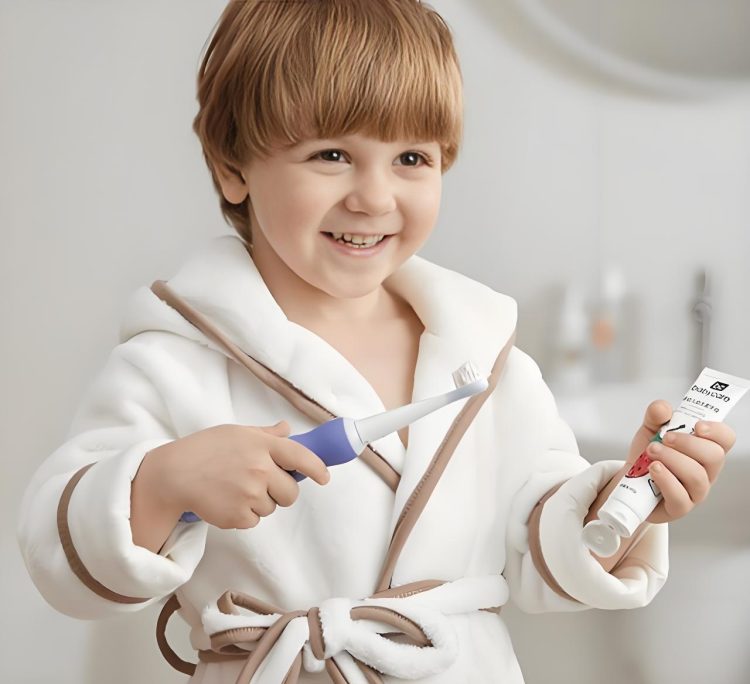













Discussion about this post